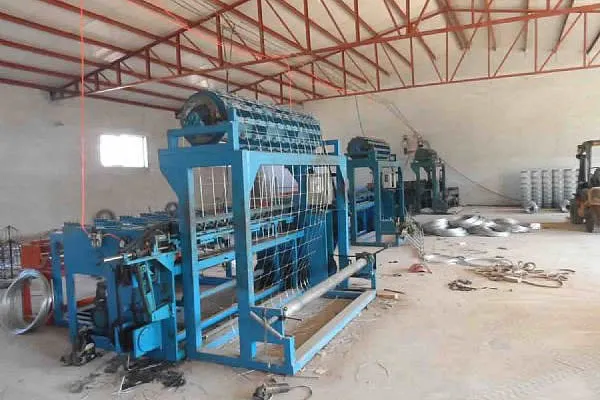 TEL:
+86-13102802206
TEL:
+86-13102802206
 Email:
fencenetting@china.com
Email:
fencenetting@china.com
 Language
Language
 TEL:
+86-13102802206
TEL:
+86-13102802206
 Email:
fencenetting@china.com
Email:
fencenetting@china.com
 Language
Language


Understanding the Costs of 4% Chain Link Fences
When it comes to fencing options for homes, businesses, or industrial sites, chain link fences remain popular due to their durability, relatively low cost, and versatility. Among the various types of chain link fences, the 4% chain link fence is particularly noteworthy. This term generally refers to a chain link fence that consists of materials with a specific gauge and configuration suitable for various applications. In this article, we will explore the costs associated with 4% chain link fences, their benefits, factors affecting pricing, and tips for installation.
What is a 4% Chain Link Fence?
A 4% chain link fence refers to a specific chain link gauge (usually around 11 or 11.5 gauge) that implies a stronger and more durable barrier compared to lighter alternatives. This 4% designation is a typical industry standard that indicates the strength and weight of the wire used in the fence. Given its robust characteristics, a 4% chain link fence is ideal for residential, commercial, and even some industrial applications.
Cost Breakdown
The cost of installing a 4% chain link fence can vary significantly based on several factors, including
1. Material Costs The price of chain link fencing materials generally ranges from $8 to $15 per linear foot. This estimate includes the cost for the chain link itself, posts, and necessary hardware. For higher-quality materials or added features (like vinyl coating), costs can climb higher.
2. Labor Costs Installation labor can account for a major portion of the total cost. Hiring professional fencing contractors typically ranges from $5 to $20 per linear foot, depending on the complexity of the job, local labor rates, and the experience level of the contractors.
3. Gate Installation If your 4% chain link fence requires any gates, the type and number of gates can influence the overall cost. A standard chain link gate can add $100 to $300 per gate, depending on the gate size and design.
4. Additional Features Costs may increase with additional features such as decorative elements, privacy slats, or custom heights. Each of these options can add significantly to your overall expenditure.
5. Permitting and Legal Considerations In some areas, permits may be required for fence installation, especially for heights above six feet or when you are near property lines. Permit fees can vary widely but should be factored into your budget.
Benefits of a 4% Chain Link Fence
Investing in a 4% chain link fence has numerous advantages.

- Durability One of the main benefits is its strength and durability. This type of fencing can withstand significant wear and tear from environmental factors and potential impacts.
- Maintenance Chain link fences require minimal maintenance compared to wood or vinyl alternatives
. They won’t rot, warp, or require painting, making them a time-saving option.- Visibility While providing adequate security, chain link fences offer visibility, allowing homeowners to monitor their property without obstruction.
- Affordability Given the initial low material and installation costs, they are a practical choice for budget-conscious consumers.
Tips for Installation
To ensure you get the best value for your investment in a 4% chain link fence, consider the following tips
- Plan Your Layout Before purchasing materials, measure the area to determine how much fencing you need. Be sure to account for any gates or corners in your layout.
- DIY vs. Professional Help If you have the necessary skills and tools, you may consider installing the fence yourself to save on labor costs. However, hiring professionals may ensure a quicker and more efficient installation.
- Choose Quality Materials Although cheaper materials may seem tempting, investing in higher-quality chain link and hardware can result in a more durable and longer-lasting fence.
- Get Multiple Quotes When hiring professionals, obtain multiple quotes to compare prices and services from different contractors.
Conclusion
A 4% chain link fence is a cost-effective, durable option for various fencing needs. Understanding its costs, benefits, and installation tips can lead to informed decisions that meet your requirements. Whether you opt for DIY installation or hire professionals, planning carefully and choosing quality materials will ensure your investment serves you well for years to come.